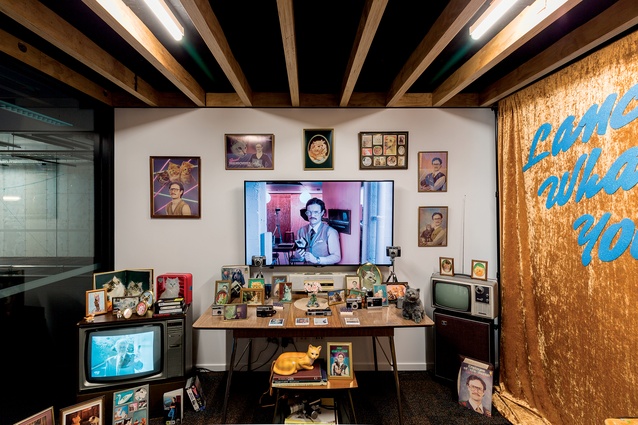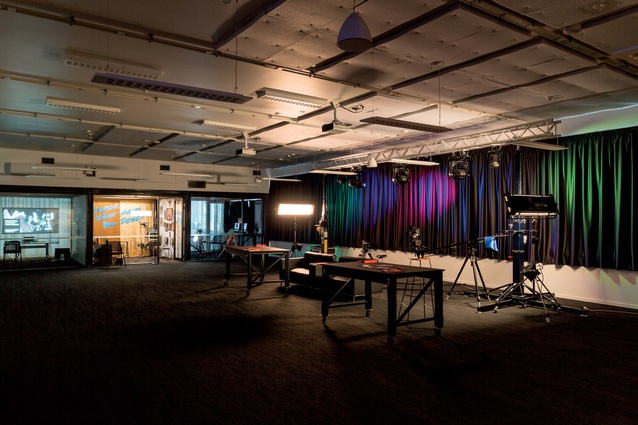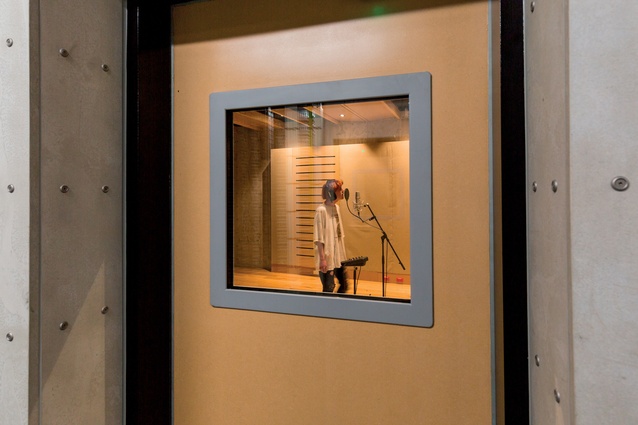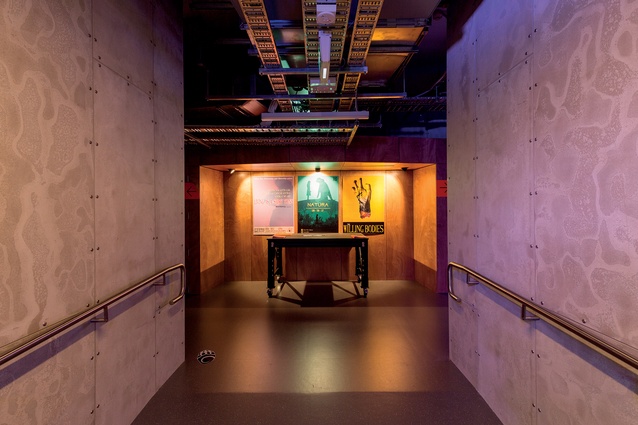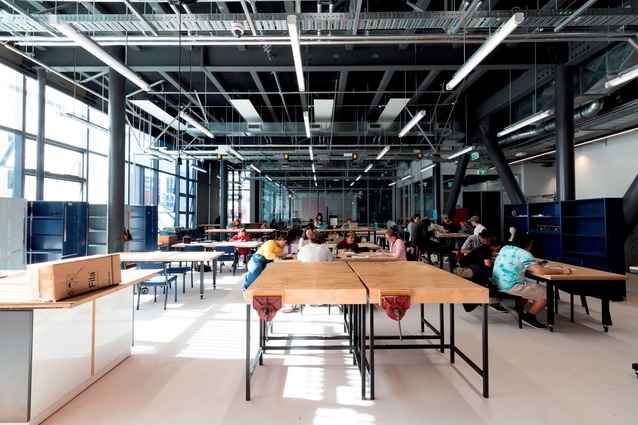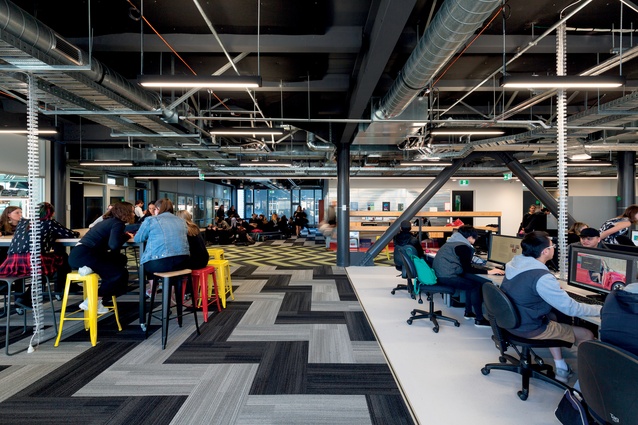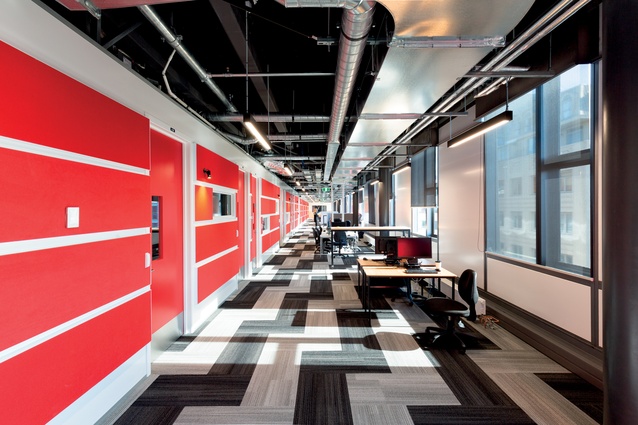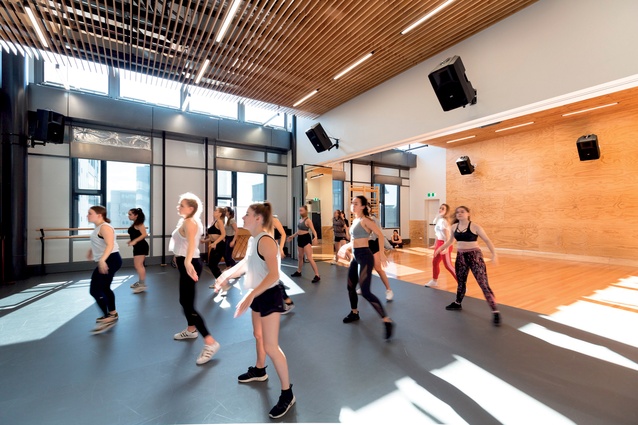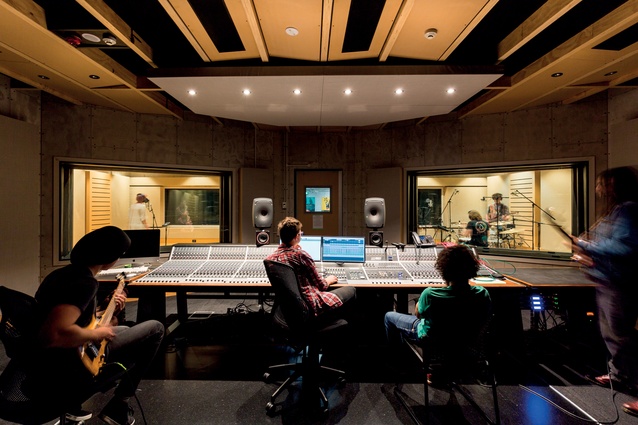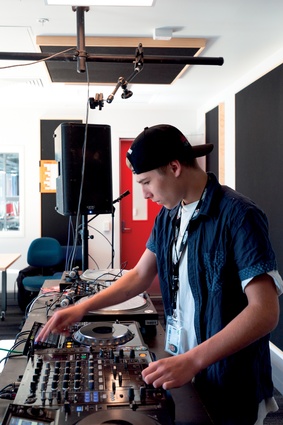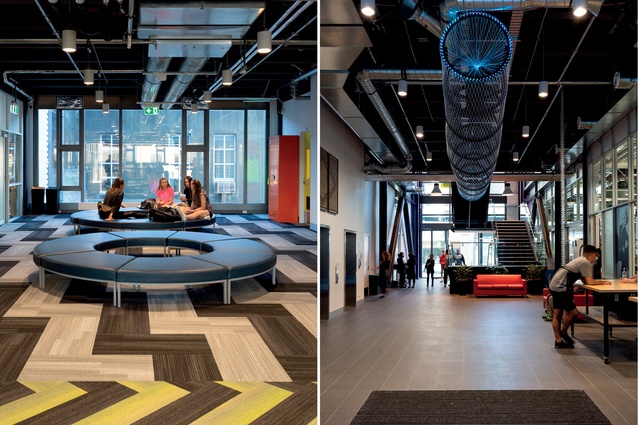Creative capital
Wellington is seeing a boom in its creative education sector and now its facilities are starting to follow suit.
As machines increasingly take over humanity’s more traditional and mundane tasks, creative thinking could be our last bastion against unemployment, poverty, and general malaise and boredom. That is why educational institutes, right down to primary schools, are now promoting creative learning strategies over rote learning and self-management over mindless obedience, and encouraging a ‘growth mindset’, which allows the student to experience life as a series of interrelated challenges and opportunities from which to grow and learn.
And, indeed, creativity pays off. A report in August last year by PWC calculated the contribution of design to New Zealand’s economy as $10.1 billion, or 4.2 per cent of the country’s GDP. As reiterated by a number of media outlets at the time of the report, this means design is bigger than is agriculture for New Zealand.
According to the Boho Index, which measures the proportion of a city’s workforce that is involved in creative and artistic occupations and industries, Wellington is our top creative city, with 6.4 per cent of the population employed in the creative sector. Queenstown comes in second with 4.9 per cent, then Auckland with 4.8 per cent.

So it may come as no surprise that Wellington is also the top spot for creative industry education: something that can be seen in the recent boom in creative and performance art tertiary education spaces opening in the city. While the University of Auckland is shutting down its arts libraries, the capital is welcoming students of film, gaming, performance art, music and other arts disciplines into its new institutes.
Notably, the Miramar Creative Centre opened at Victoria University of Wellington last year. A result of collaboration between the university and film industry partners Weta Workshop, Weta Digital, Park Road Post Production and Miramar Creative Ltd, the facility is set amongst these companies’ headquarters and offers master’s degrees in film, music and game technology, where students are able to learn directly from the experts next door.
This year, two new schools have opened: Whitireia and WelTec’s Te Auaha: NZ Institute of Creativity and Massey University’s School of Music and Creative Media Production, Te Rewa O Puanga.
Te Auaha
The arts and creative programmes offered by Whitireia and WelTec have combined and culminated in the opening of Te Auaha: NZ Institute of Creativity, located on the corner of Dixon Street and Cuba Mall. Students were welcomed into the newly refurbished and redesigned building at the beginning of 2018. There, they are able to learn multiple creative disciplines such as dance, photography, make-up artistry and digital recording, to name just a few.
The base building was designed by Athfield Architects, with the original intention that it be used as retail and commercial premises. Foster+Melville Architects was engaged in the interior architecture of the campus, which is designed to allow students to collaborate across disciplines.
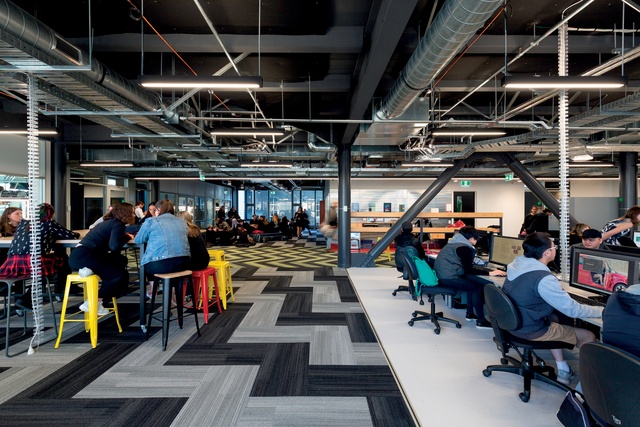
“The planning and coordination around dealing with all the disciplines and the two different schools was tricky,” says architect Sam Brown. “What we strove to promote was a change in pedagogy. We focused on creating an industry-based learning environment and fostering interaction between courses. What’s really nice about this campus is every single course has involvement with the other.”
Vibrant carpet down the spine of each floor helps with wayfinding, especially for those with visual impairment, and also creates a stimulating environment for users. Overhead, all the building’s systems are exposed, giving a relaxed, industrial feel to the spaces. “The building is highly specialised in terms of HVAC and electrical systems, which needed to be fitted in,” says Brown. “The nature of the courses is a bit grungy so we went for that open, warts-and-all look.”
Te Rewa O Puanga
Massey University’s School of Music and Creative Media Production, Te Rewa O Puanga, has also recently opened its doors. This school offers two new programmes – Commercial Music and Creative Media Production – explains Jeanette Troon, a Senior Communications Advisor at Massey University’s College of Creative Arts. “These new degrees have been designed to meet a market need for tech-savvy, innovative, creative practitioners in a multi-billion-dollar global industry.”
The building, which was previously occupied by the New Zealand School of Music, has been redesigned and refitted by Athfield Architects, in collaboration with audio specialist Andy Munro of Munro Acoustics, who was responsible for the refit of Abbey Road Studios.
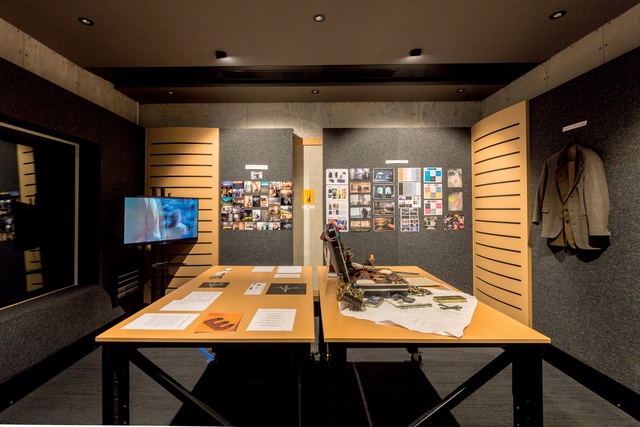
Creating a design that expressed some character was a difficult exercise in a building that required a set of enclosed spaces in the form of soundproof recording studios, explains architect Nick Mouat of Athfield Architects. “It was a little like a child’s jigsaw puzzle, trying to fit these various specific shapes into the building while still having people able to move around and between the rooms in a way that is more uplifting than just travelling down a dim corridor.”
To create some visual interest, the James Hardie 18mm compressed sheets, which are used for sound insulation of the walls, were expressed on the outside of the walls instead of being covered in Gib board. “The expressed joints and fixings give you a sense of the technical nature of these rooms. The panels aren’t all consistent, which is part of the character,” says Mouat.
Aside from this, the studio spaces are restrained in terms of colour and patterning, with the focus remaining on the equipment, which is state of the art. These studios are able to be rented by the school to outsiders so they had to be to a professional standard, technology-wise.
Again, ceilings are exposed, which, in this case, adds some visual warmth to the internal spaces as the timber framing shows through.

